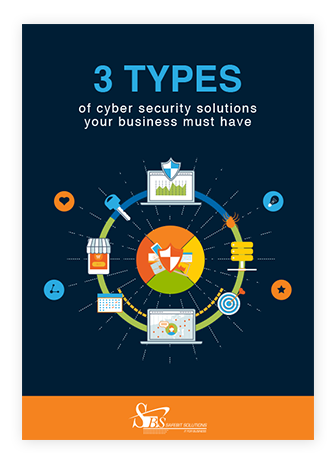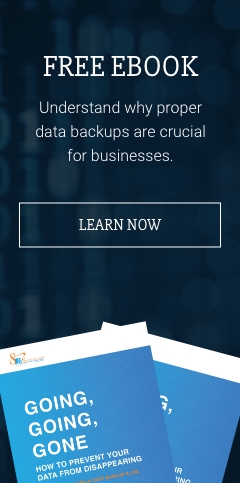What comes to mind when you hear the word cyberthreat? Maybe you think of hackers deploying viruses or cybercriminals forcing people to hand over confidential information. Have you ever thought that there may be internal threats lurking within your own network?
You might have a malicious staff member who wants to reveal sensitive information about your business. Or, one of your employees might accidentally expose company secrets. According to the Ponemon Institute’s 2020 Cost of Insider Threats Global Report, the number of cybersecurity incidents caused by insiders has increased by 47% since 2018.
Let’s take a closer look at insider threats and how they can harm your business.
Types of insider threats
Insider threats are risks caused by the actions of people working for or with a company. They're typically classified as one of the following:
- Malicious insider behavior is when someone has a motive to harm and acts on it, either for financial or personal gain. An example of this is a terminated employee exposing trade secrets to a competitor.
- Negligent behavior can occur when someone knows the risks that come with bypassing policies, yet still insists on doing it.
- Accidental behavior is when an individual performs careless actions that inadvertently cause security breaches. This can occur when employees don’t proactively patch their systems or use remote devices that aren’t patched with the latest security updates.
Cost of insider threats
The extent of damages of a successful insider attack varies according to the size of a company. While it’s not easy to determine the true cost of a major security incident, the damages will be significant.
In a survey conducted by Cybersecurity Insiders, 50% of small businesses estimate that damages incurred by a successful insider attack cost less than $100,000. Meanwhile, 34% expect damages between $100,000 and $500,000.
In addition to the costs associated with the attack, you should factor in the harm to your business’s reputation and the negative impact on employee morale.
Mitigating insider threats
Although there's no way to completely eradicate insider threats, you can employ certain security measures to reduce the chances of your business being compromised.
- Limit employee access to data. The simplest way to prevent or limit insider threats is to control the number of people who can access sensitive business data. You should only allow employees to access and work with the information needed to perform their respective functions.
- Provide comprehensive security training for employees. It's worth investing time and effort in educating your employees on how to use your systems correctly and securely. Likewise, teaching them how to keep an eye out for suspicious activities via regular security awareness training programs can help them detect and protect themselves against various cyberthreats.
- Establish clear company processes and procedures. It’s best to educate new employees during the onboarding process about your company's security guidelines, so they can integrate them into their daily workflow. Additionally, provide guidelines on accessing the internet, social media, and emails and handling business data in and out of the workplace.
You should also take the time to develop and execute precautionary measures when offboarding employees. This is a critical process, as this is when disgruntled employees are most likely to cook up “revenge” plans. As such, make sure that you immediately revoke access to your business’s network as soon as an employee leaves the company.
- Keep an eye out for your employees’ well-being. Having employees who are unable to cope with their work responsibilities can affect their productivity and well-being. Improve the overall well-being of your workforce by ensuring they have reasonable workloads as well as enforcing mandatory vacations. You can also hold seminars and other activities to help them manage stress and other workplace issues. Keeping them happy and healthy provides them with numerous personal benefits and lets them stay motivated and productive.
- Employ data monitoring and auditing technology. Use software and tools that let you view and control your employees’ data access to detect unusual or suspicious activity. For example, you can set up an app that logs when, where, and who accessed a particular file or program.
- Regularly test and assess potential vulnerabilities. It’s a good practice to perform regular internal and external vulnerability tests and assessments to ensure that your networks remain secure. An IT expert can help you establish and execute these necessary protective measures.
- Have backup and recovery solutions in place. As the last line of defense against any cyberthreat, backups will allow you to quickly recover lost data and easily resume business operations.
To help your business significantly reduce the risk of insider and other cybersecurity threats, work with one of the top IT companies in Houston — Safebit Solutions. Get in touch with our experts to learn more about how we can help ensure your IT infrastructure is safe and secure.
You can also check out our free eBook, which covers a comprehensive list of affordable cybersecurity solutions to keep your business safe from cyberthreats in a time when doing so seems impossible.
Want to keep your business safe from malware and data breaches?
Modern cyber security is evolving at a breakneck pace. You need solutions that can also adapt to whatever tomorrow has in store. With our FREE eBook: 3 TYPES of cyber security solutions your business must have



